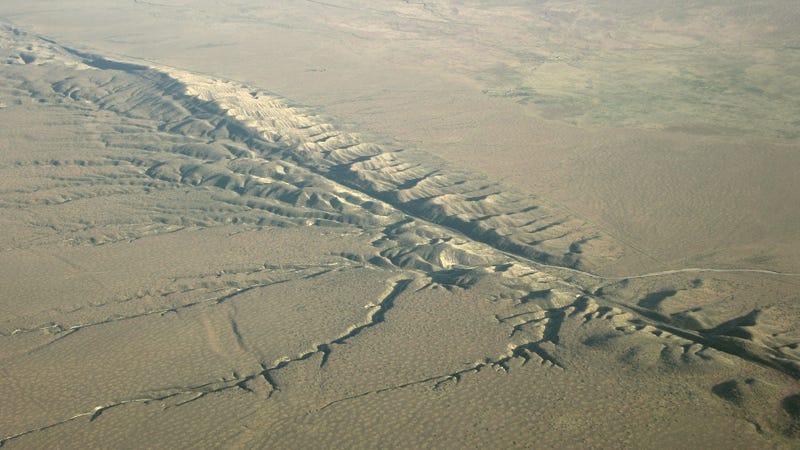Iran unveils combat UAV based on captured US spy drone design

Iranian engineers have weaponized the drone they built after reverse-engineering the American RQ-170 Sentinel, which the Islamic Republic captured in 2011, Iranian media reported.
The drone has high endurance and can carry a payload of four smart guided bombs, Press TV reports. The aircraft is dubbed Saeqeh (Tunderbolt) and was made public on Saturday by the Islamic Revolution Guards Corps (IRGC) as part of an exhibition of advanced military hardware.
The design of the new unmanned aerial vehicle (UAV) is based on the RQ-170 Sentinel, a US surveillance drone, which Iran captured in 2011. Earlier unarmed versions of the aircraft were demonstrated by the Iranians, with Pentagon officials describing it as inferior to the American version.
Commenting on the new weapon, IRGC’s Aerospace Division chief Brigadier General Amirali Hajizadeh said that he considered Iran one of the world’s top four drone producers.
Iran is pursuing self-reliance in military production, seeking to make an entire range of hardware domestically. The country’s ability to purchase foreign military technology is limited by international sanctions, which are meant to stall Iran’s progress in sensitive areas like rocketry.
Tehran insists that its military does not pose a threat to any foreign nation. But Iran is apparently irritated by the presence of US military assets close to its borders, and has been showing their displeasure in particular by staging maneuvers close to American warships deployed in the Strait of Hormuz lately. In January, it flew a large drone apparently capable of carrying air-to-surface missiles over the USS Harry S. Truman.




